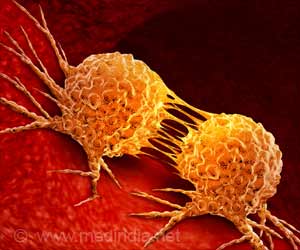According to new data, racial and ethnic disparities in breast tumor aggressiveness might be explained by social factors that influence the developing tumor.

Rauscher and colleagues examined data from a population-based sample of 989 patients with a recent diagnosis of breast cancer (397 non-Hispanic whites, 411 non-Hispanic blacks and 181 Hispanics) from the Breast Cancer Care in Chicago Study. Patients were aged 30 to 79 years and had primary in situ or invasive breast cancer. A total of 742 patients consented to medical record abstraction and had medical record data available for estrogen receptor (ER) and progesterone receptor (PR) status.
Researchers established socioeconomic disadvantage using four measurements: individual income, individual education and two census tract measures of socioeconomic status - concentrated disadvantage and concentrated affluence.
Compared with 12 percent of non-Hispanic white patients, 29 percent of non-Hispanic black patients and 20 percent of Hispanic patients had ER- and PR-negative tumors. Non-Hispanic black and Hispanic patients were also more likely to have lower income and less education and to reside in more disadvantaged and less affluent neighborhoods. In addition, all four measures of socioeconomic disadvantage used in the study were strongly associated with ER/PR-negative status.
"It was interesting to see that the main finding remained unchanged regardless of the measure of socioeconomic status we used," Rauscher said. "Patient levels of income and education, as well as neighborhood-level measures of socioeconomic status, were each associated with tumor biology. In each instance, lower socioeconomic status was associated with more aggressive breast cancers that lacked these hormone receptors."
The study was funded by the National Institutes of Health Centers for Population Health and Health Disparities.
Advertisement















